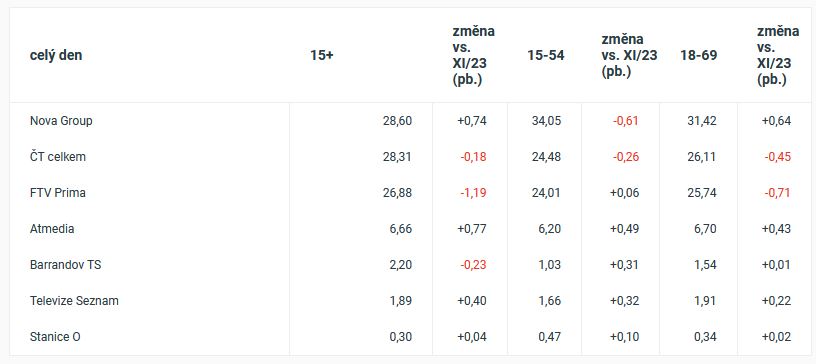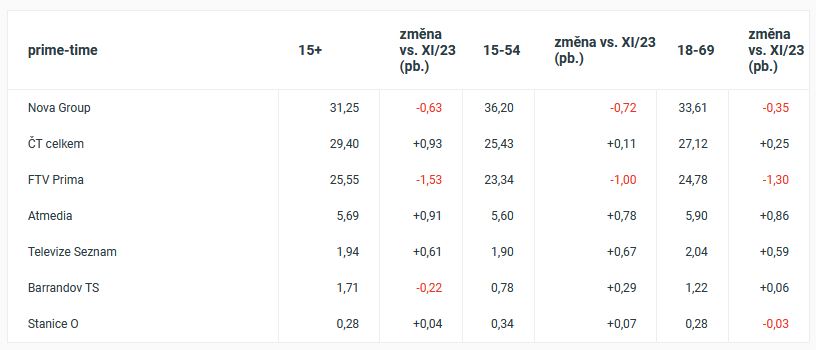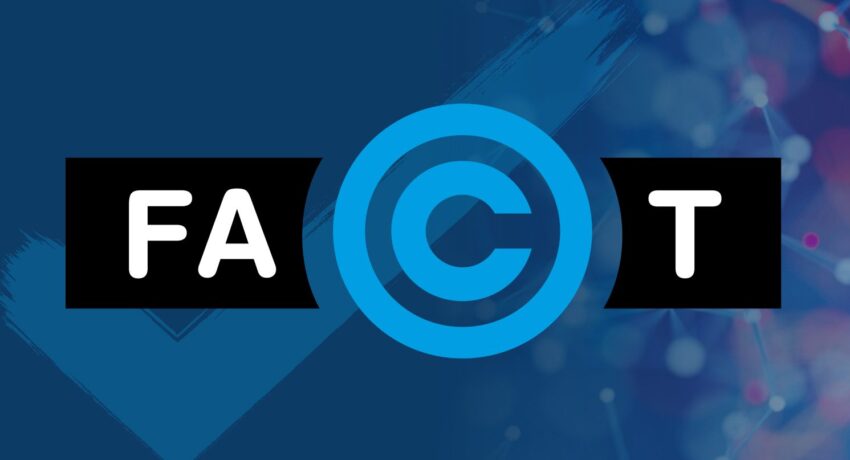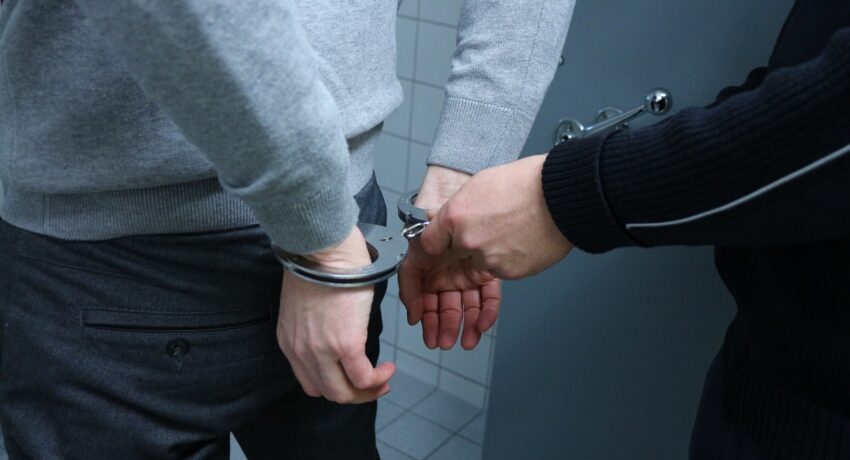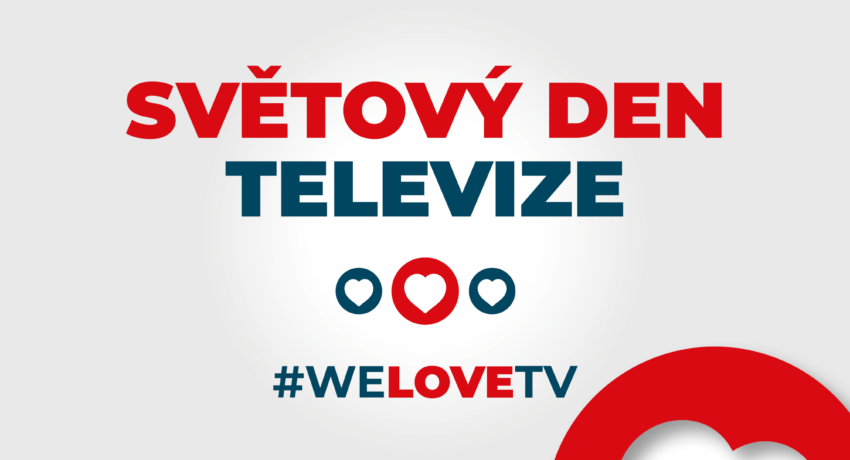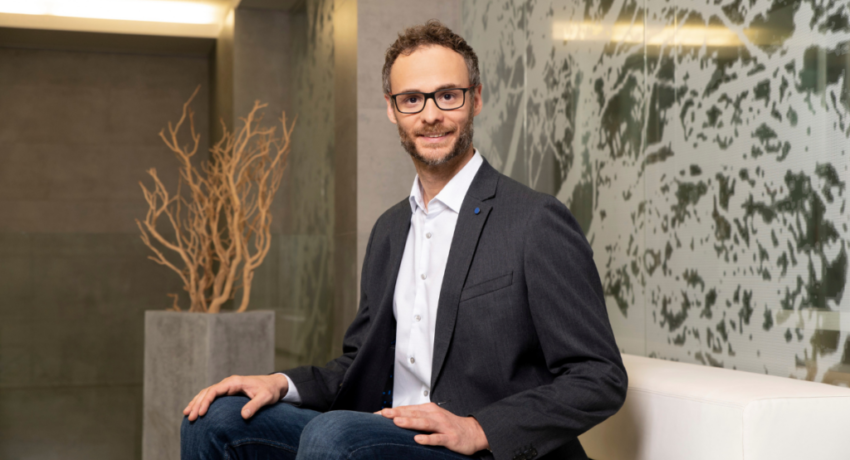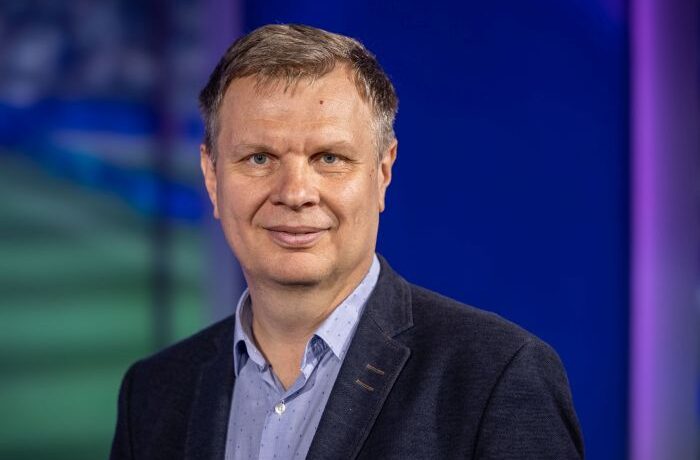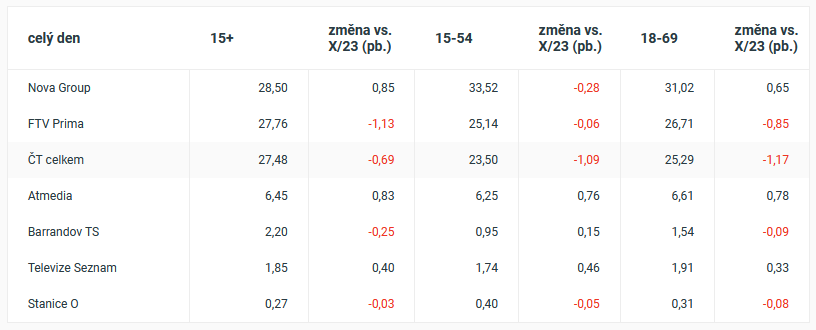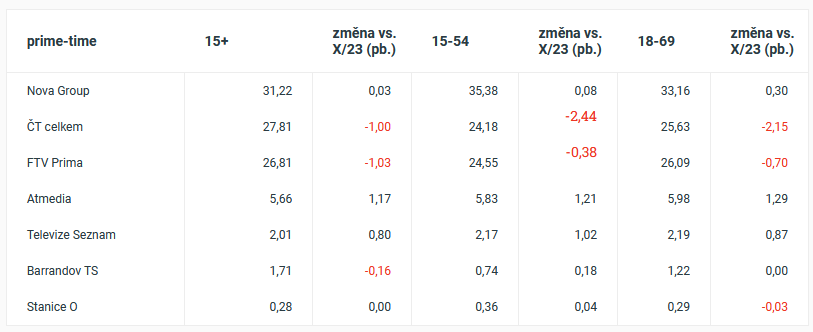While technology simplifies work, the internal rules of the Nova group require that broadcast content is exclusively overseen by humans, says Chief Technical Officer, Josef Uher.
The Chief Technical Officer of the Nova group, Josef Uher, speaks in the first part of an interview with MediaGuru.cz about the new news production system and the integration of artificial intelligence into news reporting.
The Nova media group has implemented a new production system within its structures. However, many people probably have no idea what this technology entails or even what it is about. Can you briefly explain?
It is essential to clarify at the outset that it is a news production system. Essentially, it is a collection of technologies designed for producing news, encompassing a full suite of tools. This includes editing rooms, disk arrays, playout servers, ingest recording systems, and also field cameras. In other words, it involves both hardware and software, and everything must work seamlessly together.
So, you have acquired new software that oversees all of this, making it more manageable?
Yes, it’s like visiting a library and using a catalogue to help locate books. In asset management, you search for a clip and locate it on the disk array. It’s not like going through six thousand clips one by one, just as you wouldn’t browse through every book in a library. Instead, you check the catalogue and learn that a particular book is on shelf 3B. The advantage of the news production system is that everyone who needs access can get it, not just in the building but potentially from outside as well. All of this is, of course, secured. You can preview clips in lower quality and download them in full resolution if required.
Another key benefit is that you can start editing in one editing room one day and continue in another the next. Access to the archive is straightforward. There are predefined rules for naming clips. We also have archivists who describe the content of clips, making searches easier.
But what you have described sounds like something every TV station has and cannot operate without. What distinguishes the new version of your system from the previous one? Does it have features the older one lacked? Or was the update prompted by natural technological obsolescence?
It was a natural progression. The manufacturer stopped developing the previous system last year and will cease supporting it next year. The main motivation was not to stagnate but to adopt something that could evolve and grow. The news production system is linked to several other systems.
If any of these four components — journalistic system, production system, archival system, or studio automation — receive an update, the risk arises that unsupported elements could stop working or prevent the utilisation of new features. The upgrade was absolutely necessary.
I can’t claim that we have gained spectacular new capabilities or made a three-year stride forward in development, but the system is naturally capable of enhancement and capacity. Our entire operation now runs on a unified technology, and we use the same production system at Markíza. This means we can get connected with Markíza and seamlessly share files instead of converting them laboriously. This year, Markíza replaced its journalistic system, aligning it with Nova’s. Building a second data centre at Markíza would have been too expensive. Now, in case of an emergency like a fire at their data centre, Nova can provide backup.
Our entire operation now runs on a unified technology, and we use the same production system at Markíza. This means we can get connected with Markíza and seamlessly share files instead of converting them laboriously.
Josef Uher
So, the news production system is a comprehensive solution, encompassing both software and hardware, and it can be gradually upgraded…
The hardware primarily consists of disk arrays that store materials, playout servers for contributions to news programmes, and editing rooms with their respective workstations. There is also a set of control systems known as PAM (Production Asset Management), with higher-version software to manage file indexing, archive communication, journalistic system communication, and more.
Of course, everything must be interconnected. For example, if Lucie Borhyová announces a story about Plzeň, we mustn’t inadvertently show footage of Bulgaria. Unique identifiers ensure everything is correctly aligned, delivering interesting and relevant news content to viewers.
In discussions like these, people often ask where you see this technology in ten or fifteen years. Rather than looking into a crystal ball and speculating, could you reflect on how it has evolved over the past decade? What has changed?
The availability of data capacity has undoubtedly improved. For instance, we now have more editing rooms that enable direct high-resolution editing, eliminating delays. Technologies have also advanced, allowing editors to tag specific points in footage for easy reference. These markers are imported into the system for subsequent work and editors know immediately what to choose.
Looking further back, we previously used tapes for news production, editing from one tape to another. Then came Blu-ray discs, which required entire discs to be uploaded. Today, we use memory cards in cameras, and technologies now allow content to be transmitted directly from cars in cases of tight deadlines. Thanks to news backpacks, we can broadcast from the field without a dedicated line. With increasing data capacity, we can accommodate higher video quality demands. Our news delivery now extends beyond the main channel to include TN Live, which operates under an official internet licence. This necessitates a greater capacity to deliver content promptly and at the required quality.
Since your system allows remote access from anywhere you need a firewall or a similar protection. How do you ensure security?
We have a specialised firewall tailored to broadcasting technologies. It combines hardware and software solutions, but I won’t provide any more details.
Does your new technology integrate with other systems such as graphics or other components in your broadcasting workflow?
Yes, it does integrate with our graphics system, as it did previously. Thanks to studio automation, we can manage playout servers that play contributions as well as graphic units, such as those controlling the visuals behind presenters. This integration also synchronises the output of the control room, which is particularly advantageous when Nova International cannot broadcast all content due to licensing restrictions and we don’t have two editors. In such cases, automation handles secondary output based on rights information within the journalistic system.
The editing system includes plugins for tasks like subtitling, creating mosaics to block inappropriate content (for example for children under 18), and even virtual graphics. For example, we can integrate a sponsor’s bottle into the frame as part of product placement. When we first installed the system, our team experimented by placing a Mars module in the studio. However, creating such graphics is difficult and requires programming. It cannot be mass-produced. For news graphics, pre-designed templates allow journalists to fill in the necessary information.
The growing use of artificial intelligence (AI) in everyday processes is a major topic. How has Nova dealt with this phenomenon?
AI initiatives are mostly in the testing phase to verify their effectiveness before committing to long-term agreements. We currently use speech-to-text and translation tools internally, for example, when preparing content for CME (Central European Media) that needs to be translated.
We are testing speech-to-text primarily because we don’t yet provide live subtitles for the hearing impaired. These tests are being conducted in both the Czech Republic and Slovakia. AI has also delivered promising results in football coverage, for example, identifying key events like goals, yellow or red cards, and generating preliminary reports. This reduces the need to watch entire ninety-minute matches, you have it all laid out in advance to work with it further. And then we had a borrowed server for semantic search, where users input queries, and AI locates relevant content in the archive. We would like to evaluate our experience and then deploy the technology in full operation.
However, it’s important to note that without a professional agreement, AI providers could use the data we submit, which is unacceptable to us. This may slow our testing a bit, but addressing these concerns is essential.
That said, we are already using AI to engage with viewers. For instance, we have introduced Luna, a virtual presenter created with AI, who delivers daily horoscopes on TN.cz.
We are testing speech-to-text primarily because we don’t yet provide live subtitles for the hearing impaired. These tests are being conducted in both the Czech Republic and Slovakia.
Josef Uher
From what you have shared, human oversight seems to remain central to your processes, with AI facilitating some tasks. Is there any scenario where AI might take a more dominant role in station operations?
In traditional linear broadcasting, this seems unlikely for now. Many materials undergo checks by what we might call AI, but in reality, these are specialised software tools designed to detect technical errors, such as excessive sound levels or visual glitches. For technicians, this means that they can rely on the software’s analysis and reduce their reviewing time from, let’s say, ninety minutes to just twenty. Another aspect is that this technology is used for shorter, locally produced content, where we already expect high quality but need to ensure consistency so that the content is suitable for broadcast.
Technology makes human work easier and saves time, but of course, we have internal rules that everything in primetime is completely controlled by a human. But we have a variety of series and other shows reviewed by this robot. At the end of the process, a human reads the reports, checks the critical spots and either returns the content for correction or confirms that the issues found don’t affect picture or sound quality, allowing us to proceed. It’s also employed for international content we receive, which must be reviewed within a 30-day window to be returned if necessary. Given that a programming director acquires 400 episodes of a series, it is impractical for human staff to review every second within 30 days.
Josef Uher, Chief Technical Officer, TV Nova
Josef Uher oversees the development of technologies for TV programme production and broadcasting, including their integration with internet activities. His responsibilities include organising procurement and implementation of these technologies and ensuring technical support. He played a key role in transitioning from DVB-T to DVB-T2 broadcasting, expanding HD broadcasting on various platforms, and advancing internet broadcasting. A graduate of the Czech Technical University in Prague, he has been with TV Nova since 1995 and holds the same position at Slovakia’s Markíza.
Source: mediaguru.cz



